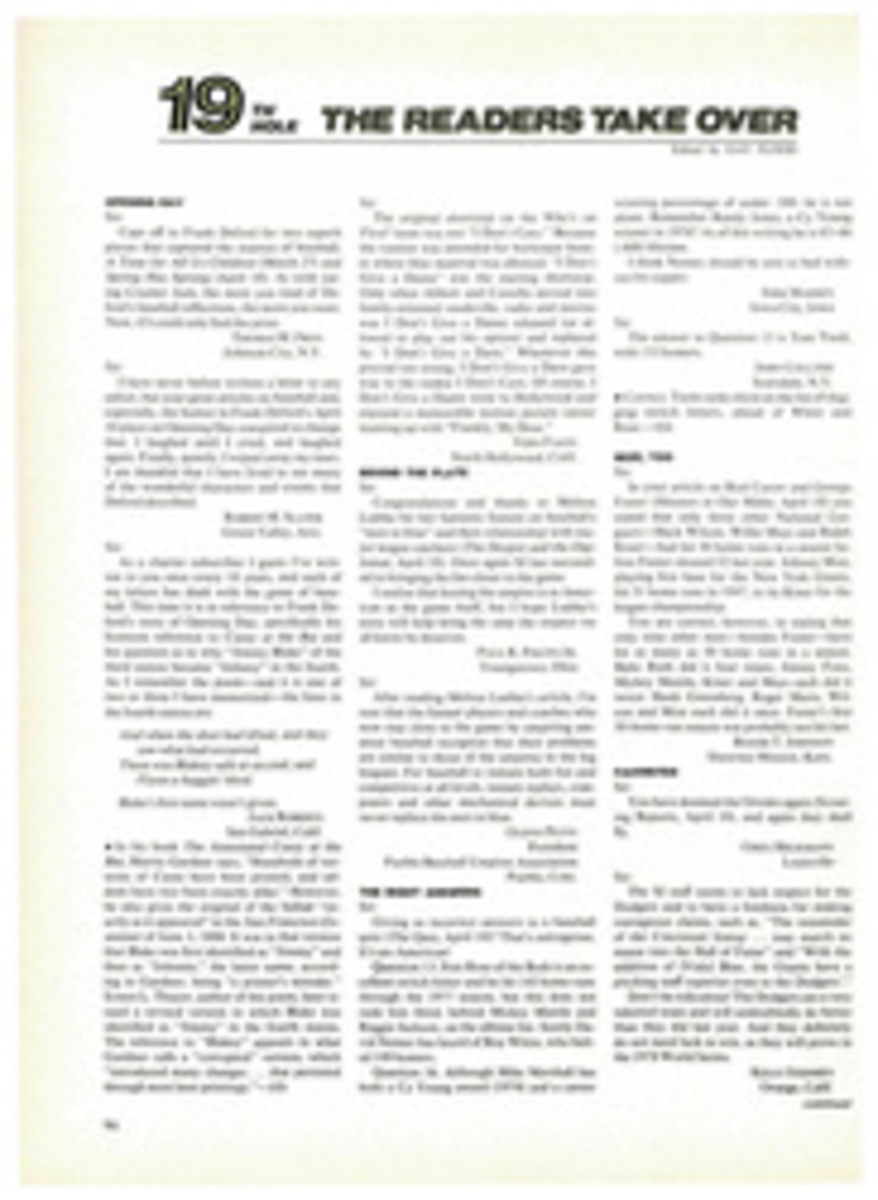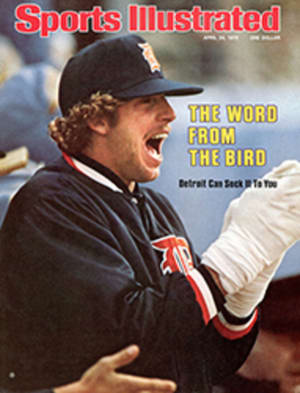
MEET THE HALLOWED FOUR, THE DEADLY DOZEN AND THE RAT-FACED McDOUGALL
Catskill Flytier, subtitled "My life, times, and techniques," by Harry Darbee with Mac Francis (Lippincott, $8.95) is both an autobiography and a history of fly-fishing in the Catskill waters. It would be impossible to separate the two, although Darbee—an angler and a professional flytier—is a better flytier than he is a writer. He is, indeed, one of the nation's foremost flytiers, so saying that he cannot write as well as he ties is nitpicking; with more than 60 years of fishing behind him, what Darbee lacks in style is compensated for in knowledge of his subject.
The book consists of technical know-how and Catskill vignettes, bolstered by several pages of drawings and photographs, plus a fine flytying and fishing bibliography of 76 titles, with a short critique of each. Some anecdotes are told in what might be described as backwoods Catskill. Speaking of Herman Christian at 80, "one of the hallowed four" of Catskill flytying, Darbee says, "I walked over to say hello, and by damn if he didn't introduce me to his brand-new bride. The old cuss had gotten married again."
But when Darbee gets down to the technical flytying chapters, he is all business. Be warned, they are not meant for the novice. Darbee tells us that one thing he vowed never to do was to "write a book on the basic principles and methods of flytying." He has kept his word. These chapters, roughly half the book, were written for, and are invaluable to, the journeyman flytier.
Darbee tells about and diagrams his and his wife's special techniques for tying wet and dry flies, for handling deer hair and for dubbing. Included are the Darbees' favorite "Deadly Dozen" patterns, as well as some advice on what newcomers face if they should want to earn money tying flies. There is, of all things, also a chapter on "Running a Hackle Farm"; i.e., raising your own chickens for the feathers. But even if you do not care to raise your own feathers—if you merely wish to fish and have started to tie your own flies—this book will be useful. For those who are curious about the marvelous names given to flies—the Rat-faced McDougall, for instance—one can't do better than read Darbee.
For my taste, there are far too few fishing tales, certainly not 60-plus years' worth, and those that are shared with the reader are occasionally far too sketchy. I felt that Darbee, for reasons of his own, perhaps, was pulling his punches. The book only hints of high times—flask-passing and good old Huck Finn fun, Catskill style. One longs for more.

